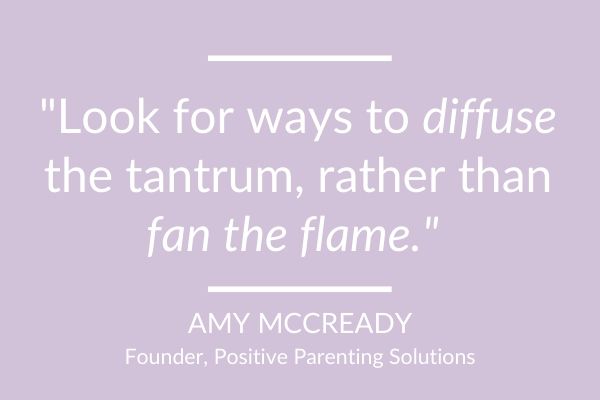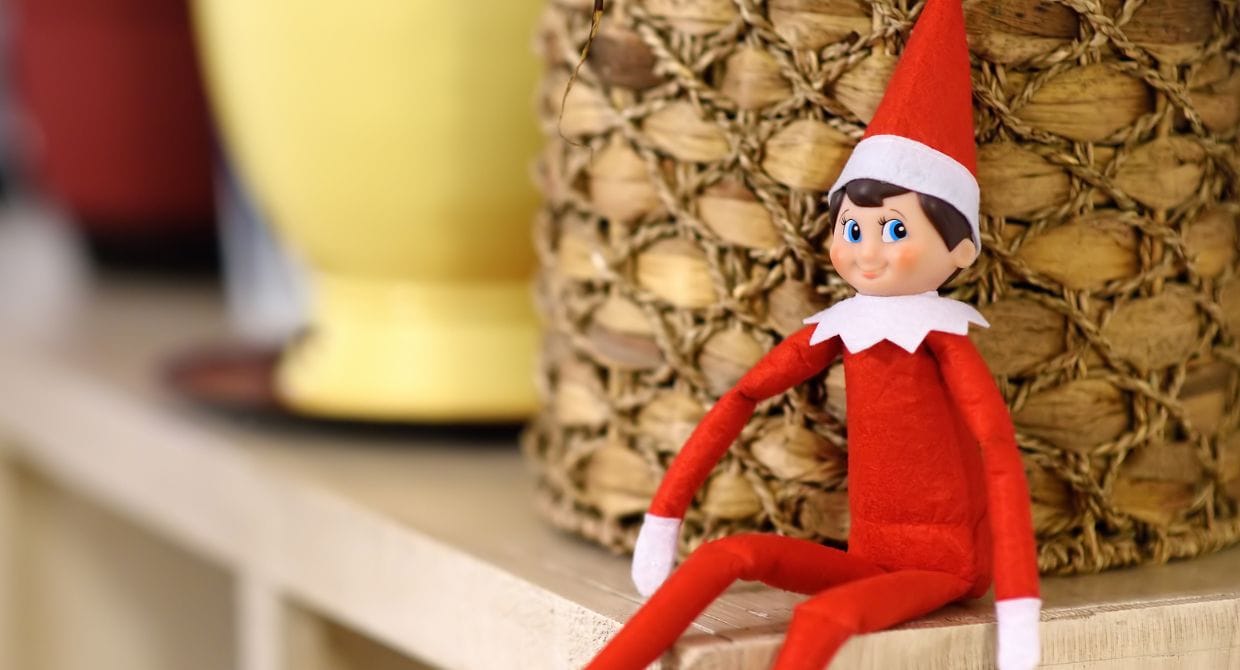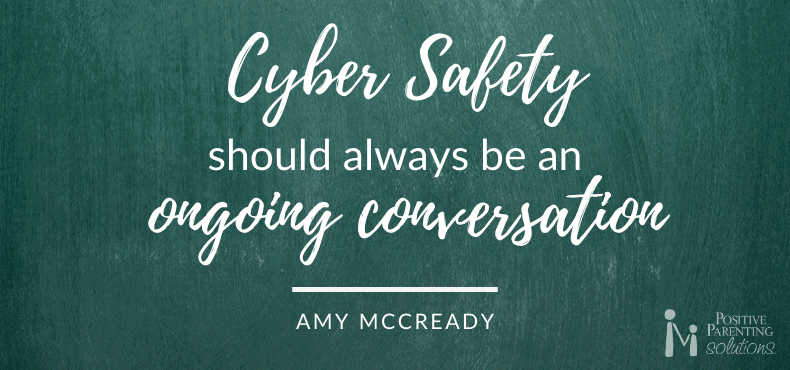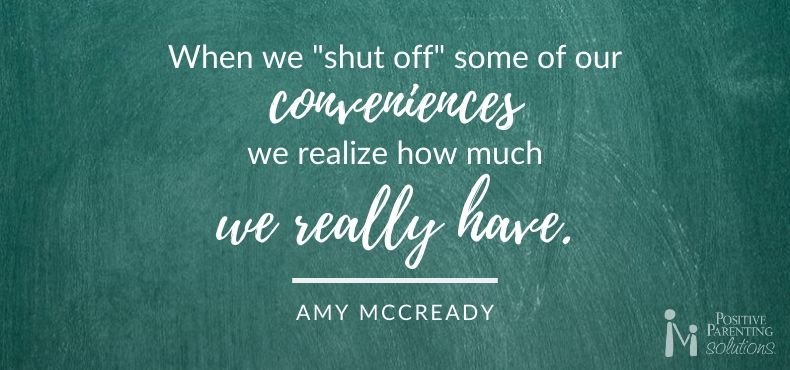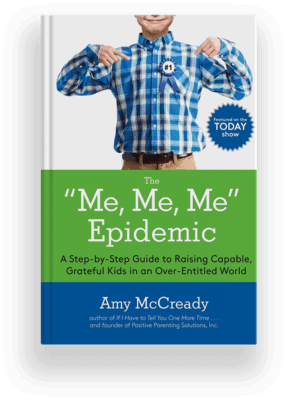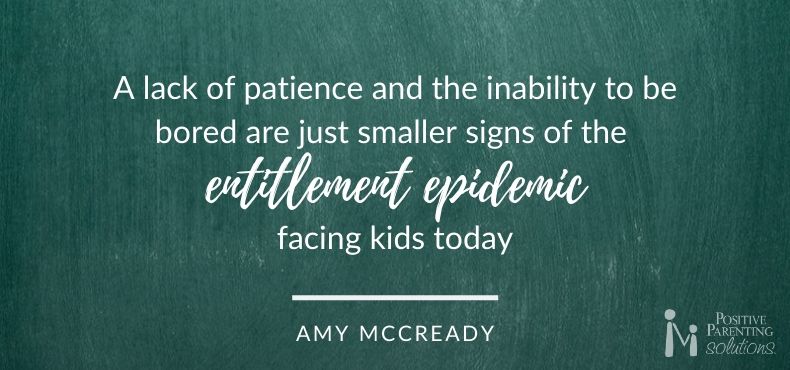


You can hear your four-year-old son down the hallway, his excited footsteps getting louder as they approach your hospital room. You’re cradling your newborn in your arms, so excited for the two of them to meet for the first time.
Your oldest bursts through the door and runs over to your bedside. He’s grinning from ear to ear. “Is this my new brother?”
It’s the moment you’ve been dreaming of for nine long months.
Your heart bursts seeing the two of them together. It’s obvious your son absolutely LOVES his new baby brother…maybe a little too much.
It doesn’t take long for you to find yourself throwing out the same old lines:
“Careful, honey, don’t squeeze him!”
“No, you are not big enough to hold him by yourself!”
“Please, just leave the baby alone. He’s sleeping!”
The constant correction and string of “nos” start to wear on your oldest and resentment sets in. After all, it wasn’t long ago that he had mom and dad all to himself.
“Can’t the baby just go back in mommy’s tummy?” he asks.
There’s no denying that bringing home a second child is completely new territory–for both you as parents and for your oldest child! Gone are the days of simply trying to figure out how to care for a newborn. Now you have the added responsibility of meeting the needs of two children.
Daunting as it may seem, it is completely normal for your oldest to experience some jealousy with the addition of a new baby. As with any big life change, it takes some time to adjust–especially for young children.
Here are 5 tips for helping your firstborn adjust to life with a baby sibling.
Note: We know that sibling rivalry is a big concern for many parents, which is why we’ve dedicated an entire session to this one issue. For Positive Parenting Solutions® course members, review Step 5, “Conflict Resolution and Sibling Rivalry.”
Tip #1: MIND, BODY AND SOUL TIME® Connection (MBST)
Those early days, weeks, and months with a new baby are something special. Hectic? Sure. Tiresome? Absolutely. But special, nonetheless, because that is the time you truly start to bond with your new child.
There’s nothing quite like enjoying those precious newborn snuggles while swaying back and forth in a rocking chair, or catching a strong whiff of that sweet baby smell as you give her a bath.
Still, as important as it is to bond with your newborn, it is equally important–if not more so–to put forth the effort of making time for your oldest child–to reinforce his emotional connection with you. This is where MIND, BODY AND SOUL TIME® togetherness comes in.
Each parent should set aside 10-15 minutes at least once per day to spend with their oldest, one-on-one. Maybe your daughter enjoys playing with LEGO or your son loves coloring. Whatever it may be, let them choose the activity, and then do it together–without distraction. Be totally present in mind, body and soul for those 10 minutes with your oldest.
Like medicine for misbehavior, MBST will give your child a healthy dose of much-needed attention. It also serves as a great reminder that they are still important to you, even with the new baby around.
Note: Curious how you can manage MIND, BODY AND SOUL TIME® activities with a newborn? For Positive Parenting Solutions® course members, review Step 1 to learn the ins and outs of MBST and also see the Ultimate Survival Guide, “MBST: Your Secret Weapon for Better Behavior.”
Tip #2: Try to Keep Their Routine
It’s easy to feel all alone during those 3 AM feeding sessions when everyone else is blissfully asleep, without a care in the world. But the truth is, a new baby is stressful for the entire family–including your older child.
In what felt like the blink of an eye, everything in your life has suddenly changed. Sleep is disrupted, laundry is piling up, and your stress level has reached an all-time high.
Yes, change is certainly hard on us as adults. But it can be particularly troublesome for young kids because with change comes insecurity.
Your oldest may find himself wondering: Do mommy and daddy still love me like they used to? Why don’t they spend as much time with me as they used to? Where do I fit in?
Fortunately, kids thrive on predictable routines.
Want to provide a nice buffer from any negative feelings that may be sparked by the baby’s arrival? Make sure you keep up with the same daily routine he always had–or as close to it as possible.
For instance, does your child have a particular bedtime routine? Stick with it…but with, perhaps, one adjustment.
The addition of a new baby may mean a split in responsibility between both parents. While you both may have done bedtime tuck-in together in the past, now it may not be possible as one parent must be off with the baby.
Let me assure you, that’s completely fine! I would argue it’s preferable because it offers your child a big dose of one-on-one attention.
So give him a bath, brush his teeth, read a book–whatever your routine may have been before–and make sure it stays the same each night. You’ll be amazed at the difference you see in your oldest child’s behavior.
Note: For Positive Parenting Solutions® course members, review Step 3, Lesson 24 to learn how you can institute no-nagging, sanity-saving routines into your day.
Tip #3: Let Them Help
In many ways, kids are just like adults. They don’t just want to know that their contributions make a difference to their family–they need to know!
This is a wonderful thing to consider when introducing a new baby to the family. After all, babies are a lot of work. It makes sense to let every family member contribute to their care, even the older sibling.
Be sure to find age-appropriate tasks your oldest can do in order to help care for the baby. If your oldest is between the ages of 18 months and 3 years, have him take dirty diapers to the diaper pail or give the baby a pacifier. If he is a little older, perhaps you let him help prepare the bottles or fold the burp cloths.
By allowing him to actively contribute to the new baby’s care, you’re giving him a hearty boost of positive power while also helping him bond with his new sibling. It really is a win-win.
Tip #4: Remind Them of Their Significance
A child’s primary goal is to achieve a sense of belonging within your family unit and to feel significant. Naturally, this can feel threatened when a new baby enters the scene.
Make it a habit to regularly remind your oldest of the important role he plays in the family–as a brother and as a son.
Try using encouraging phrases that focus on the effort he’s putting in like:
“I appreciate you helping me feed the baby.”
“I can tell you really care about your brother/sister when you help me change their diaper.”
“Thank you for putting the baby’s clothes away. That makes a big difference for our family.”
By offering up a regular dose of encouragement, you’ll ensure that he is positively reminded of his significance to the family, and more importantly, the new baby. This will help combat any negative feelings of jealousy or sibling rivalry.
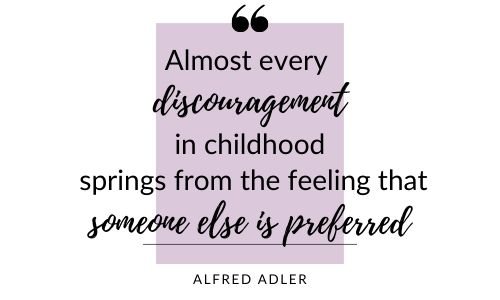
Tip #5: Mind Your Tone
Just imagine, you’ve finally gotten your newborn to fall asleep after an hour-long bout of incessant crying. You check on your older son, who is happily playing with trucks in his room.
Perfect! You’ve got at least five minutes of free time. Maybe now you can finally grab a quick shower.
However, just as you pull back the shower curtain you hear it–the high-pitched wail of your newborn being ripped from his slumber.
Half-naked and partially covered by a towel, you run into the nursery only to find your oldest beside the crib. His arm is reaching in between the bars, pinching his brother’s tiny cheeks.
You see red.
When an older sibling is rough or reckless with the baby–especially when safety is involved–it is natural to want to raise your voice. You may feel the urge to yell or shout, if only to get his attention and ensure it doesn’t happen again. But, be careful!
Your tone of voice is powerful. Although it isn’t your intention, any harshness in your tone may be just enough to make your older child feel discouraged and therefore blame the baby for that feeling.
Instead, try to keep your voice calm but stern, especially if safety is at risk. A calm voice doesn’t mean your child gets away with it. You can still take time for training on gentle touch in the future and better yet, “control the environment” by putting a door monkey on your newborn’s door so your older child can’t get into the baby’s room during nap time.
But, staying calm in the heat of the moment keeps the communication lines open and allows your older child the opportunity to learn from his mistake (instead of fear the wrath of mommy).
And, more importantly, your calm voice will ensure there aren’t any lingering feelings of resentment towards the baby.
Final Thoughts
Congratulations! Bringing a new baby into the world is certainly something to celebrate, even if it isn’t your first.
And when it comes to big brother or sister, understanding that a little jealousy is normal goes a long way. Still, why not try to put a stop to the green-eyed monster before he’s reared his big green head?
Using these tips and the numerous other resources that our Positive Parenting Solutions® course offers, we’re here to help you navigate those early weeks, months, and even years of parenting multiple children.
Want to see what we are all about? Register now for our Free Webinar: Get Kids to Listen Without Nagging or Yelling.
Title Image: Dmitry Naumov / Shutterstock https://www.shutterstock.com/photos



